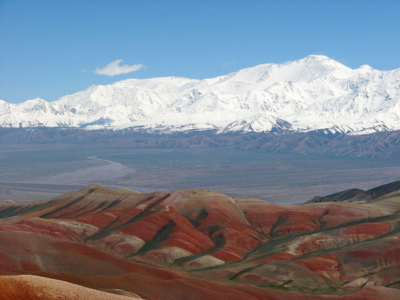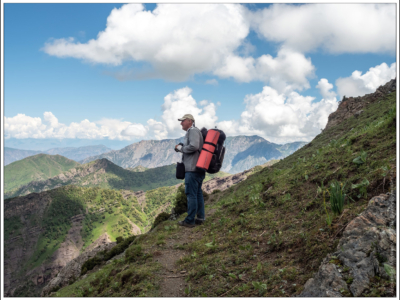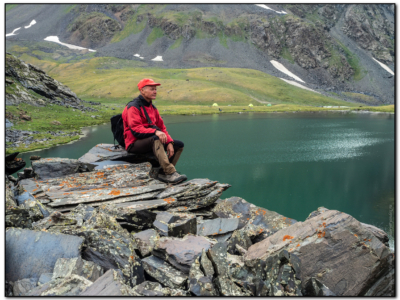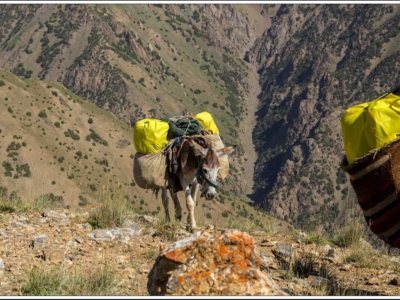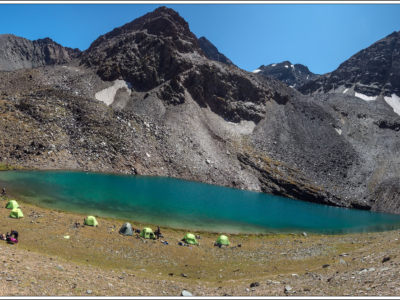We leave camp #4. Today's route continues up the valley of the Kara-Kuldzha River and will take you to the pass of the same name at an altitude of 3161 m. The trail goes along the picturesque slopes overgrown with spruce forest of the northern slope of the Chatkal Range. Almost imperceptibly, the trail passes from the Talas to the Chatkal Range. A kilometer after the campsite #4, several clean water tributaries flow into the river from the right slope, which originate from small lakes. From here, leaving your backpacks, you can take a fascinating excursion to the lakes. From the Kara-Kuldzha pass, magnificent alpine panoramas open up to you. From here, a view opens up of the spruce forests of the valley and the Chatkal ridge. To your right, you can see the At-Oynok ridge, to your left, the Talas ridge. The picturesque pass is an excellent place for a rest stop and for avid photographers who can enjoy the landscapes and panoramas. Further down the Kara-Kuldzha valley. Periodically, the trail crosses from one bank of the river to the other. Here, in such river valleys, the concept of a permanent trail does not exist. It changes depending on the past floods. In some places, the trail again crosses onto green forest slopes. Having reached the confluence of the Kashka-Su and Kara-Kuldzha rivers, it is necessary to choose a place for campsite 5. Here, in the floodplain of the Kara-Kuldzha River, there is a rather convenient place for a field camp.
